10 famous photos that were manipulated
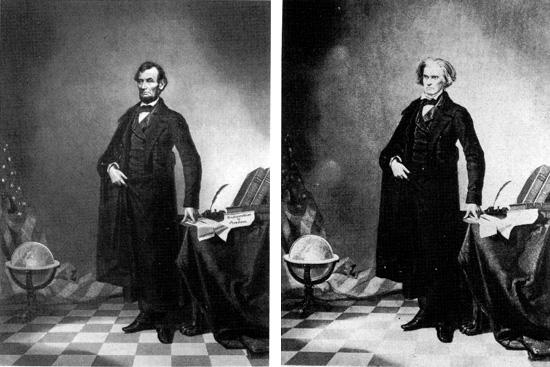

Image manipulation may seem like a modern invention, but the practice has been around as long as photography itself.
In the 20th century, it became a pastime for dictators and many totalitarian regimes used this method to erase their opponents from history.
But manipulation still exists today in various forms, from jokes on the Internet to retouched, slimmed-down celebrities on magazine covers.
Here we look at some of the most notorious examples of all time – and the stories behind them.
1. Abraham Lincoln gets a new body
A good place to start is what may be the world’s first Photoshop work – an iconic image of a statesmanlike Abraham Lincoln (above the head), which actually turned out to be two different photos. The image above, taken around 1860, shows the head of the US President, but the body of a Southern politician named John Calhoun. It was assumed that no sufficiently descriptive image of Lincoln was available – so this image was stitched together.
2. Stalin has Yezhov purged
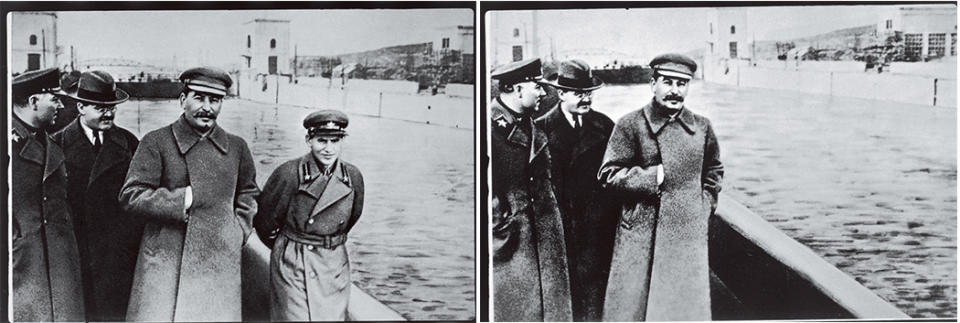

Stalin with – and without – Nikolai Yezhov (WikiCommons/FourAndSix)
“Stalin, Mao, Hitler, Mussolini, Castro, Brezhnev and many others had photos manipulated to rewrite history,” says Dr. Hany Farid of the image forensics company FourAndSix. Josef Stalin was particularly enthusiastic about this technique and erased the victims of his political purges from Soviet-Russian history. The above image is particularly notorious because Nikolai Yezhov – who was edited out – Right – led the brutal purges in which many of Stalin’s former allies were executed or imprisoned before suffering a similar fate himself.
3. Time changes OJ Simpson’s mug shot
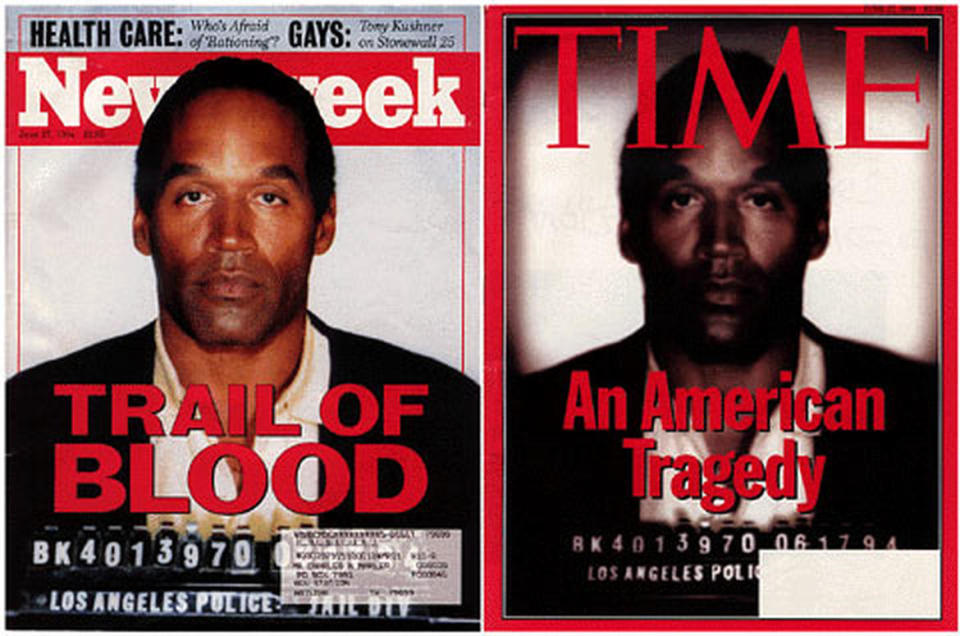

This is one of the most notorious examples of modern image manipulation. Time magazine had to apologize after apparently darkening a mug shot of OJ Simpson (Right), who was accused of murder at the time. James Gaines, editor-in-chief of Time magazine, said the image had been “subtly smoothed over and molded into an icon of tragedy.” Critics, however, accused Time of racism. Newsweek published the unaltered image the same week, making the contrast even more striking.
4. Reutersgate
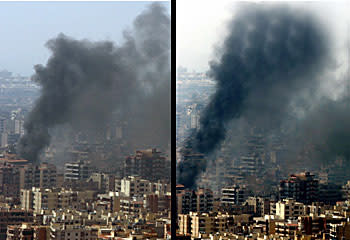

Adnan Hajj’s altered image, right (Reuters)
One could argue that this Reuters image from the 2006 Israel-Lebanon conflict is only slightly manipulated – but any manipulation of this kind of photojournalism is strictly prohibited by news agencies, and for good reason. War images must tell the truth. When it was revealed that smoke had been added to the image (right), the manipulated photographer, Adnan Hajj, was fired, as was a photo editor at Reuters following an internal investigation.
5. Tourist type
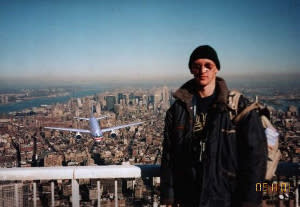

“Today, thanks to powerful and inexpensive digital technology, it is much easier for almost anyone to alter digital images. And the resulting fakes are often very difficult to detect,” says Dr. Farid. In fact, this “Tourist Guy” image, showing a man apparently standing on the roof of the World Trade Center on 9/11 while a plane takes off, is one of the most famous internet hoaxes. The image went viral and the man, Hungarian Péter Guzli, later admitted that he altered the image for fun – with no expectation that it would be shared.
6. General Ulysses S. Grant joins his troops
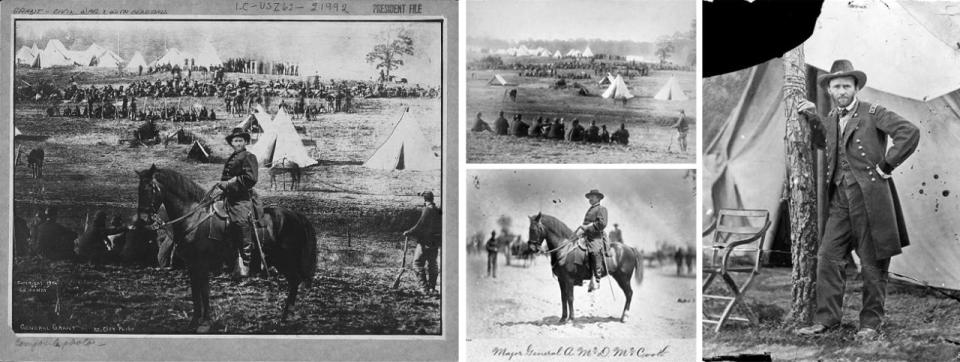

General Ulysses S. Grant (FourAndSix/Library of Congress)
Another very early example of photographic manipulation, the image (Left) from 1864 shows Ulysses S. Grant leading his troops at City Point, Virginia, during the American Civil War. But not everything is as it seems – the image, which is very convincing for the time, is actually made up of three different photographs that have been stitched together.
7. University of Wisconsin Change Brochure


In 2000, the University of Wisconsin added the face of black student Diallo Shabazz to its brochure in an effort to make its student body appear more diverse. This backfired spectacularly when Shabazz saw the picture – which was from a football game he never attended – and realized he had been added. The two images eventually went viral – much later than the original brochure was released in 2013 – and sparked a debate about the lack of diversity in universities.
8. Macca quits smoking
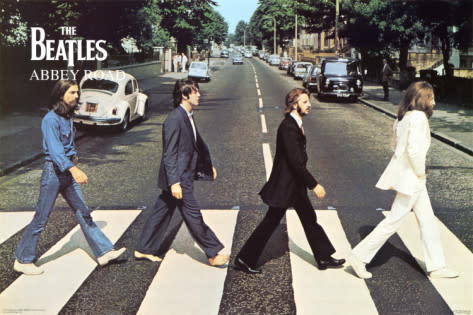

The cigarette-free Paul McCartney (Apple Records)
It is one of the most iconic album covers of all time: John, Ringo, Paul and George walking across a zebra crossing in St John’s Wood, London, on the Beatles’ Abbey Road. Still, it took a keen observer to notice that a poster company in America had altered the image slightly – removing a cigarette from Paul McCartney’s hand years later, in 2003. Apple – the Beatles’ label – said they “would never have agreed to anything like that”, adding that it “seems like these poster companies got a little carried away”.
9. National Geographic relocates the pyramids


The National Geographic cover (FourAndSix/National Geographic/WikiCommons)
In 1982, National Geographic decided to move the Egyptian pyramids to better fit the cover. A dispute over the ethics of photojournalism ensued, which Fourandsix says led the magazine to take a stricter stance on manipulation. Tom Kennedy, the magazine’s former photography director, said: “We no longer use this technology to manipulate elements in a photograph just to create a more convincing graphic effect. We viewed that as a mistake in hindsight and would not repeat that mistake today.”
10. Ralph Lauren makes Filippa Hamilton slimmer
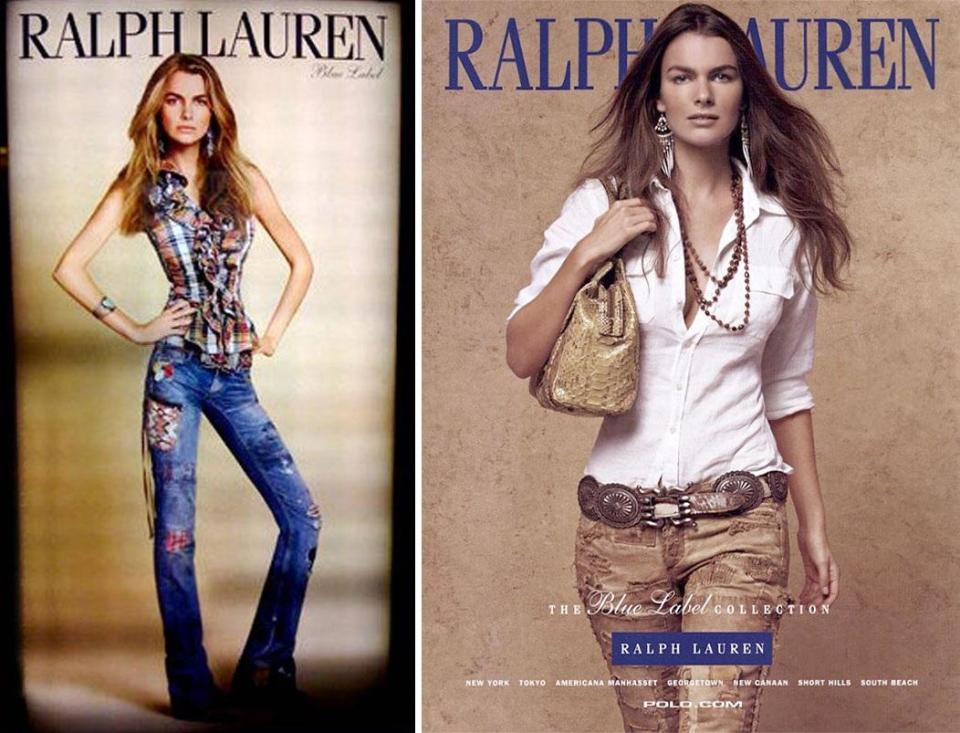

Filippa Hamilton, left, was slimmed down (Ralph Lauren)
There are countless magazine covers and images from the fashion industry that show manipulation. This Ralph Lauren advertisement (Left) featuring model Filippa Hamilton is arguably the most extreme and notorious. The size 12 model’s body was altered to make her head appear wider than her waist. The brand was understandably heavily criticized for promoting an unhealthy body image and later apologized. “After further investigation, we have learned that we are responsible for poor imaging and retouching which resulted in a very distorted image of a woman’s body. We have addressed the issue and will take every precaution in the future to ensure that the quality of our artwork appropriately represents our brand,” a spokesperson said.
(Source: FourAndSix/WikiCommons)



